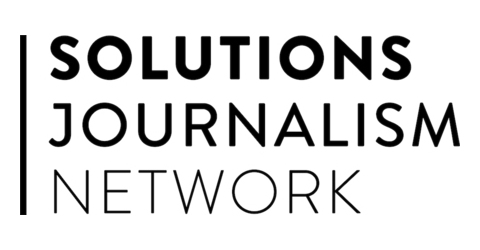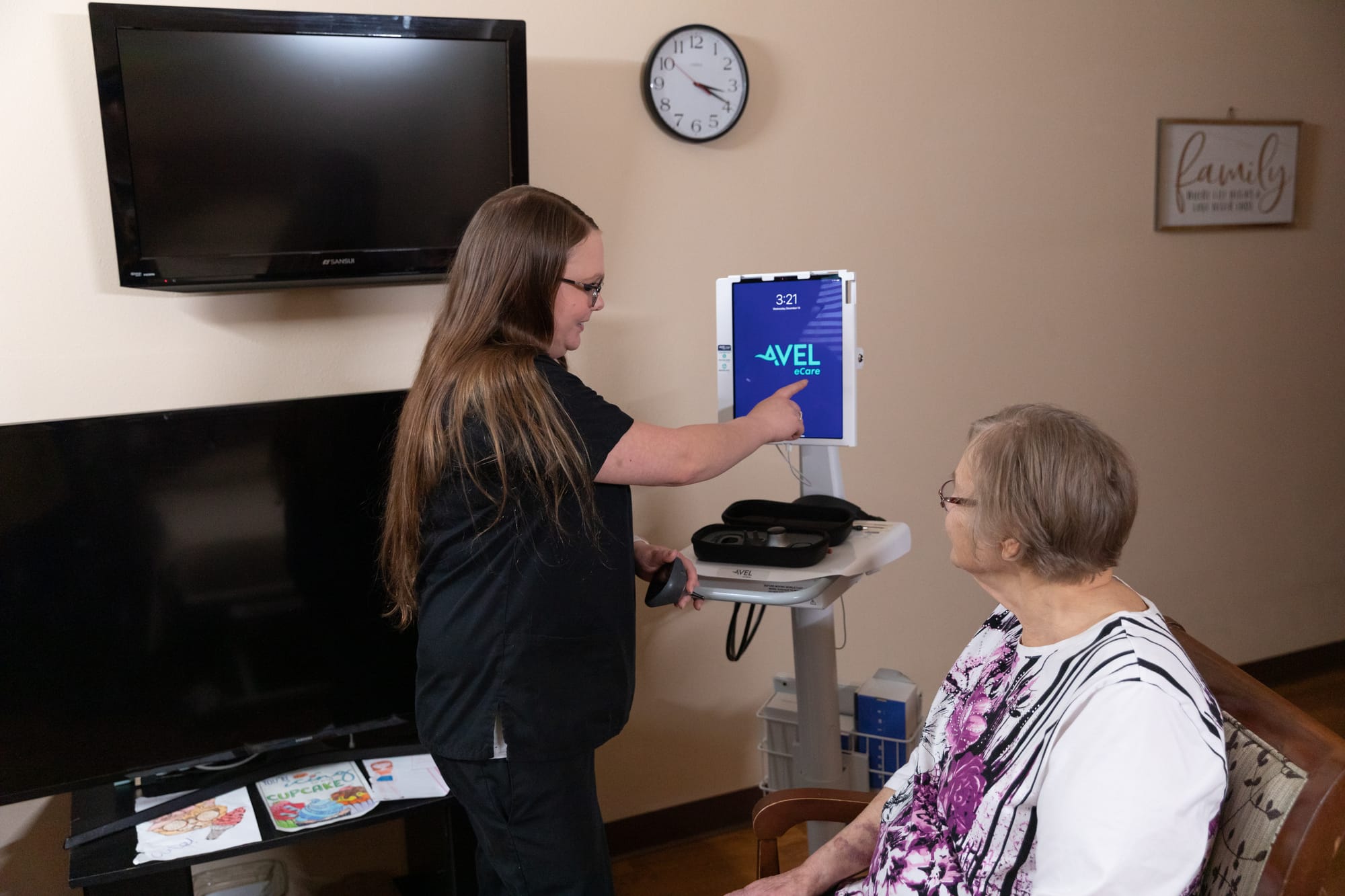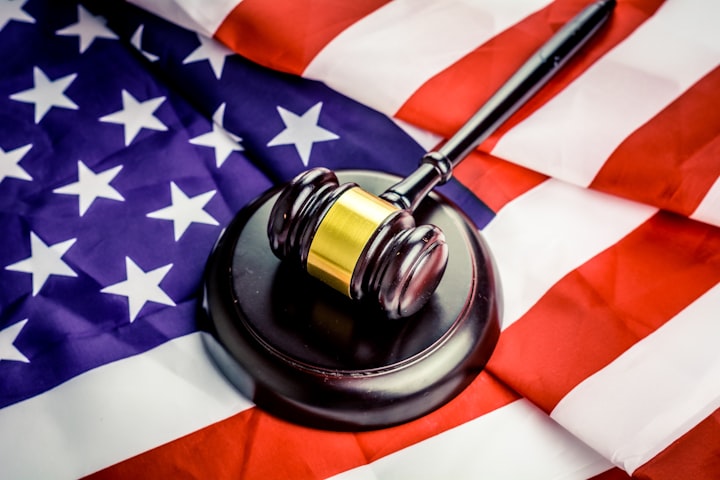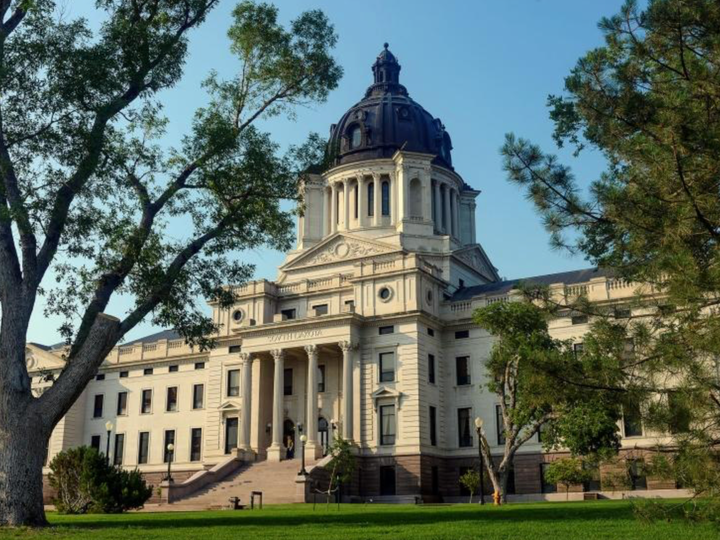SD election officials take new approaches to voting amid pandemic
Editor’s note: This article was produced through a partnership between South Dakota News Watch and the Solutions Journalism Network, a national non-profit group that supports rigorous journalism about responses to problems.
South Dakota election officials are taking a wide range of steps — and implementing some creative measures — to ensure easy access to voting and provide for an accurate ballot count during a time of unprecedented electoral challenges.
The 2020 general election is being held amid a deadly pandemic, is attracting record numbers of absentee and early votes and is drawing high voter turnout.
County election officials who run ground-level electoral operations in South Dakota have been working for months to manage early voting and prepare for safe, orderly in-person voting on Election Day on Nov. 3.
Many strategies have focused on processing absentee ballots, which by law cannot be counted until Election Day.
Election officials have recruited more poll workers as some older workers sought to avoid the risk of COVID-19. Some counties have formed absentee ballot review panels to sort and certify ballots and created new, absentee-only voting precincts to simplify the vote-counting process. Temporary ballot boxes have been installed in some areas so voters do not have to send in their ballots by mail. The state has also held several mock elections to test its voting systems and prepare county auditors for a long, busy Election Day.
Auditors have also found ingenious ways to overcome electoral challenges. One auditor held a voter education session through the windows of a nursing home to reach elderly voters who could not leave the facility. Another bought and erected a surplus military tent to create a safe, socially distanced early voting site. And a few auditors have taken advantage of a rarely used state law that allows high school students to get excused absences to fill in as temporary poll workers on Election Day.
As with any vote, the stakes are high, but may be higher this election, especially for those tasked with running them. Electoral processes, especially mail-in voting, have come under scrutiny by President Donald Trump. The U.S. Postal Service has battled to keep up with a nationwide flood of mail-in ballots. Record numbers of voters are casting absentee ballots, many for the first time. Some polling locations have been shut down due to the pandemic, and many in-person polling sites will be partially staffed with first-time workers and must focus on maintaining cleanliness and social distancing. Many South Dakota counties are using new ballot-counting machines and technology.
The number of polling locations in South Dakota will be down in 2020. The state had 508 polling sites during the 2016 general election, and as of mid-October, the state had only 474 polling sites secured for the 2020 general election at a time when voter turnout could be as high as 70%, according to Kea Warne, elections director in the Secretary of State’s Office.
Warne, who has worked on South Dakota elections off and on since 1993, said preparing for the 2020 election has been challenging, but rewarding.
“Every election cycle brings its own challenges, but this cycle has definitely been unique in the challenges being faced by election officials,” Warne said. “This has led to most likely the busiest election cycle I have been a part of.”
In the 2020 general election, South Dakota voters can vote for president, seats in the U.S. Senate and U.S. House, a spot on the Public Utilities Commission, three statewide ballot measures on legalizing medical and recreation marijuana and sports betting in Deadwood, and numerous local legislative offices.
The chance for human or mechanical error is present in every election, and may be higher than normal during the 2020 election cycle. Voter errors on absentee ballots cast in the June primary election in South Dakota resulted in 1.4% of the ballots being rejected, about 1,200 of the roughly 88,000 cast. In the 2018 general election, only 307 of about 90,000 absentee ballots were rejected, and only 378 of about 102,000 absentee ballots cast in the 2016 general election were rejected.
Errors in processing of absentee ballots led to different final results in two primary races in South Dakota, with one mistake in Douglas County changing the reported outcome of a legislative election after a recount.
On Oct. 19, with more than two weeks to go before the Nov. 3 general election, 125,552 South Dakotans had returned absentee ballots to their county auditors, said Secretary of State Steve Barnett. Another 41,811 voters had requested absentee ballots but had not returned them, he said. In the 2016 general election, voters cast 102,390 absentee ballots.
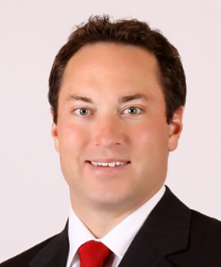
The sharp rise in the number of absentee voters, especially first-time absentee voters, has some election experts worried that there could be a corresponding increase in human errors and honest mistakes by both election officials and voters.
Such errors and the aftermath could undermine public confidence in the electoral process when faith in the system is badly needed.
“I think one of the biggest concerns everybody should have is the degree to which people are going to make honest mistakes; voters and election officials alike,” said Michael Hanmer, research director at the Center for Democracy and Civic Engagement at the University of Maryland. “These are human processes, and we know that we’re going to make mistakes, and certainly, the risk goes up when we’re doing something new.”
Barnett said he is confident that South Dakota’s election will be safe and accurate. County election officials learned a lot from the June primary election and have taken many steps to improve the voting process, including preparing for early voting and tabulation of high numbers of absentee ballots, he said.
“We’re looking forward to a good turnout on Election Day for this year and a safe and smooth election,” Barnett said.
Barnett and Warne said they expect some long-term positive outcomes from the 2020 electoral process, including greater public interest in how elections are run, more involvement of young people either in voting or in helping run elections, and continued higher absentee voting which could increase turnout in the future.
“Efforts from local election officials have resulted in first-time poll workers, including younger workers,” Warne said. “From the [high] absentee numbers, the pandemic has also led many of our voters to consider utilizing that method of voting, which I think may continue into the future.”
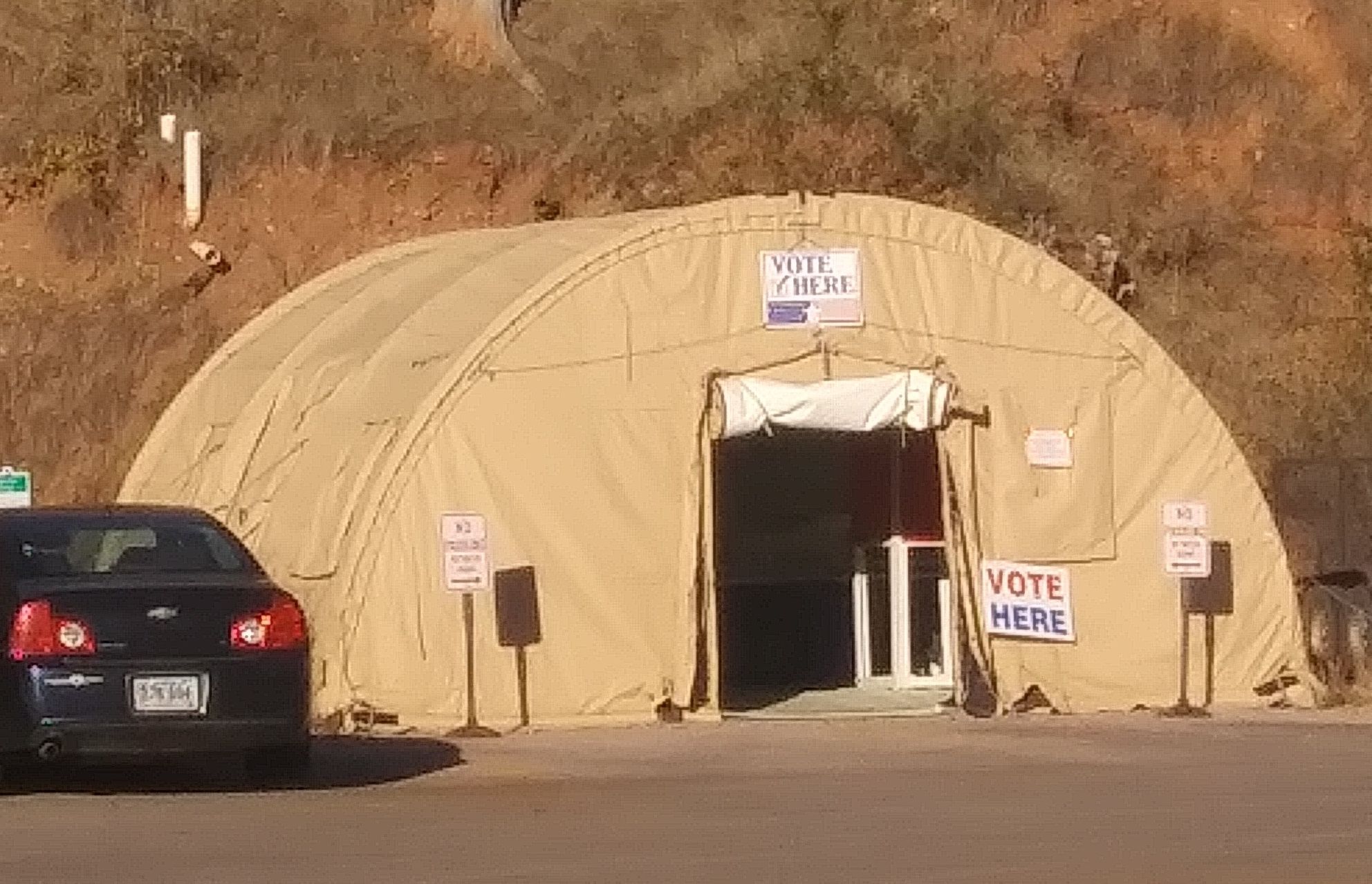
Preparing for an unusual election cycle
By mid-October in Brookings County, about 4,700 absentee ballots had been cast, said county Election Supervisor Jenna Byrd. In 2016, Brookings County voters returned 4,654 absentee ballots.
To handle the extra workload, Byrd recruited 25 people solely to sort and certify absentee ballots. The new election workers will be split into eight, three-person boards and there will be one superintendent in charge of the operation. Byrd said she is confident her absentee boards will handle the workload and deliver a fair and accurate result. “It’s a well thought out process, we’ve got integrity here, and we do the best that we can,” Byrd said.
Some county auditors are thinking outside the box to assist citizens in voting. In Hand County, Auditor Doug DeBoer came up with a unique solution to help residents vote at the two assisted-living facilities in the county seat of Miller. Both buildings were locked down due to the COVID-19 pandemic and were not allowing visitors inside, but their residents still wanted to vote.
State law allows auditors to temporarily set up an in-person early voting booth inside nursing homes or assisted-living centers in order to help seniors vote. But the pandemic-related lock downs meant DeBoer could not access either facility inside, leaving voting absentee by mail as the only option.
Voting absentee by mail is more complicated than voting in-person. Any missed step or inconsistent signature submitted by a voter can cause an absentee ballot to be rejected and go uncounted.
Under state law, ballots can be rejected for several reasons, including: multiple ballots in an envelope; no signature on a ballot envelope; a non-matching signature on the envelope or ballot; the ballot is not returned on time; the ballot was returned in an unofficial envelope without a signature; or because the voter died before election day.
The South Dakota Secretary of State’s Office does not track the reasons why poll workers reject ballots, said Rachel Soulek, the Help America Vote Act coordinator for the office.
DeBoer said he worked with the staff at the Courtyard Villa Assisted Living Center and the Good Samaritan Society assisted-living center to help residents vote.
At Courtyard Villa, DeBoer set up a temporary auditor’s office in an entryway and was separated from residents by a set of large, glass doors. DeBoer was able to verify identifications and answer questions through the glass doors while a facility staff member in personal protective equipment shuttled ballot envelopes between voters and DeBoer. A total of 13 Courtyard Villa residents were able to vote with DeBoer’s help.
At the Good Samaritan building, lock down measures were more extreme. DeBoer was not allowed into the building; instead, he had to go window to window verifying identifications and sliding ballots through small openings for 16 voters.
“Luckily, some of the residents had large picture windows, others had small windows, but I could effectively verify who they were,” DeBoer said.
Trying to provide space for social distancing during voter registration and early voting was impossible in Fall River County, where the elections office is in the cramped courthouse built in Hot Springs in 1893.
Auditor Sue Ganje and a county emergency management official searched the state of South Dakota government surplus site and found a large military tent valued at $15,000 for sale for just $1,500.
They bought the tent, set it up on county property next door to the courthouse and began to house staff of the elections office and welcome visitors in the tent that allowed for social distancing and easy cleaning. The county spent a bit more money to provide the tent with electricity and lighting.
In-person voting on Election Day will be held at the local community center as usual, but having the tent next to the auditor’s office has made it safe and easy to host early voting and other election activities with limited time spent transporting people or equipment, she said.
“It’s a daily pack in and pack out of equipment, but it’s working quite smoothly,” Ganje said. “People can drop off voter registrations or absentee ballots, and they’re just making it happen out there. It’s been a real lifesaver this year.”
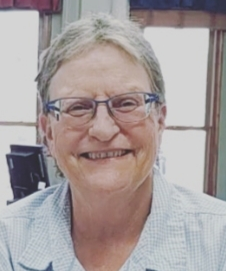
Like other county auditors, Ganje had some of her regular poll workers decline to work the 2020 primary or general election, mostly because they were older and at high risk of complications from the coronavirus.
Ganje was aware of a state law that allows South Dakota high school students to get an excused absence from school to help out at the polls, but she had never faced a shortage of workers before.
Suddenly in need of more staff on Election Day, Ganje approached a government teacher at the local high school and is now set to receive help from eight students who will be let out of school to work the election. Those who are 18 or older can perform all electoral duties; those under 18 can perform tasks such as guiding voters through the polls, running errands or disinfecting voting equipment.
“We hope it’s a super experience for them,” Ganje said. “I think it’s exciting to see the interest from the younger ones to pitch in and help, and hopefully we’ll hold to them in the future, getting them interested early in voting and elections.”
Ganje said she’s seen some silver linings to what she described as a “weird election season,” including educating more people about how to successfully vote early or by absentee, and a rallying of the community to learn about and support the electoral process.
“I’ve seen that people are really resilient, and people are pitching in any way they can.,” she said.
In the June primary, when many government buildings were closed, Butte County Auditor Elaine Jensen arranged for the county to move a trailer home to the county administrative property for use as a temporary election facility. Once equipped with electricity, a heater and computers, that trailer worked well.
Jensen said she now knows that the the temporary building can work if needed in the future. “It kind of takes the election wherever we want it to go,” she said.
After some planning, Jensen has decided to run the fall election from the permanent administration building and open all four county polling sites.
In the week leading up to the Nov. 3 election, Jensen said that rapidly increasing COVID-19 cases in the region led eight poll workers to call and say they were unavailable to work Election Day.
Jensen was trying to recruit local high school students to fill in, but was confident she could adequately staff the polling locations in Belle Fourche, Nisland, Newell and Castle Rock.
Like other auditors, Jensen is focused on maintaining the safety of voters and poll workers amid the pandemic. Pens, voting booths and equipment will be sanitized before each use, and hand sanitizers and disinfectants will be omnipresent at the polls, she said.
“It’s a trying time, a very trying time and it’s been difficult for auditors across the state,” Jensen said. “But I am so passionate about elections; I just feel that it’s so important for everybody to have the right to cast their ballot.”
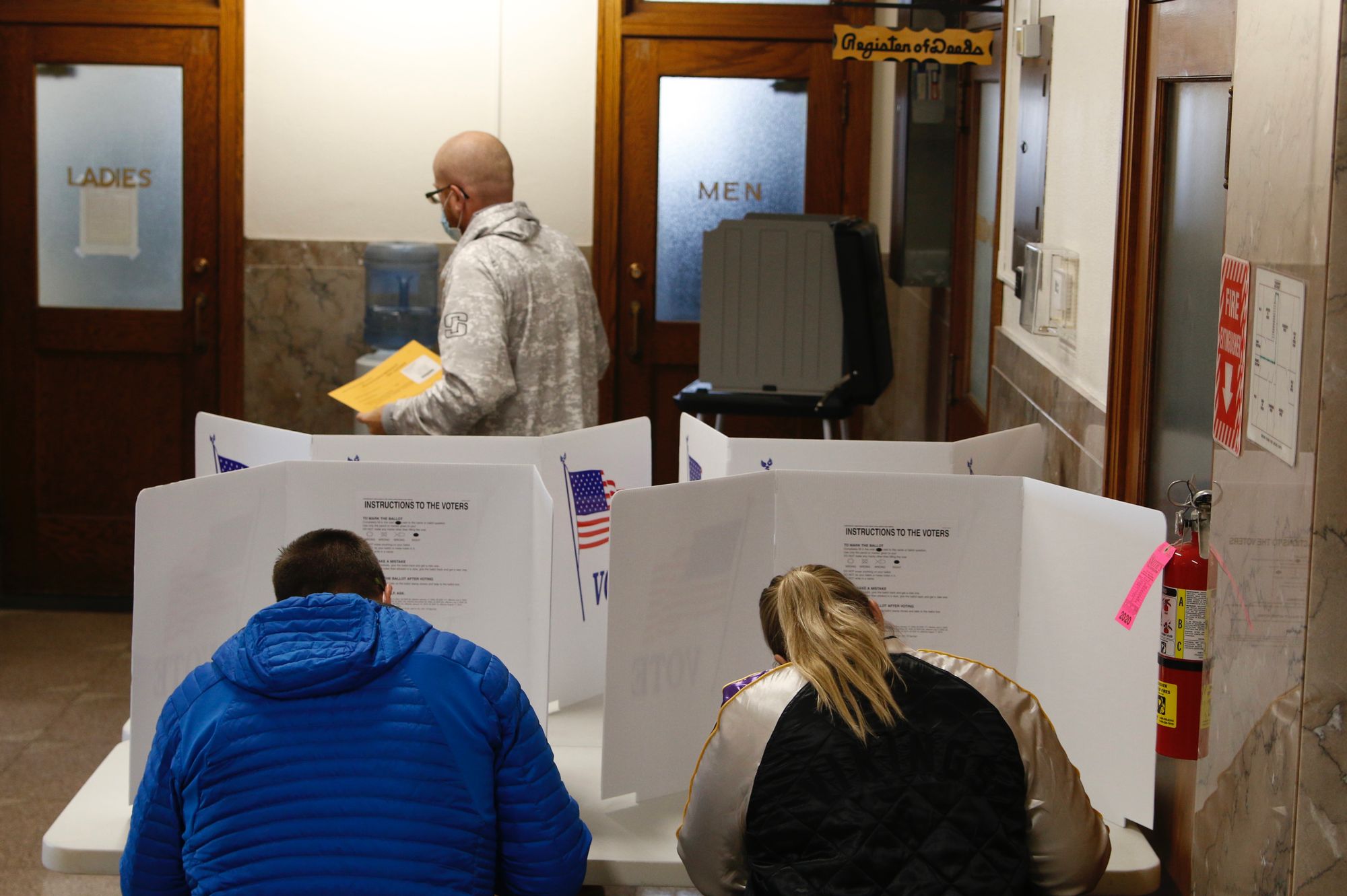
Challenges remain; transparency important
Voters in Native American communities and reservations around South Dakota face a unique set of challenges when participating in elections. Counties that include Native American reservations have been accused of not having enough polling places to adequately serve widely dispersed populations. Poverty also plays a role in limiting access to polling places. Many Native Americans do not have access to reliable transportation, which makes traveling to polling places that can be 60 or more miles from their homes nearly impossible.
Many Native Americans don’t have the same type of address with street names and house numbers typically found in other communities. Instead, extended families rely on post office boxes located in towns that can be dozens of miles from their homes to receive mail. Such arrangements make voting absentee by mail more difficult.
The COVID-19 pandemic threatens to make voting in the 2020 general election even more difficult for Native Americans. Tribal communities tend to have higher rates of chronic diseases such as diabetes and have less access to advanced medical care, so large gatherings of people such as those found inside polling places can be doubly dangerous to Native communities. Tribal governments have recognized the danger posed by crowds and instituted lockdowns to protect vulnerable populations.
For the most part, Native American voters have the same access to absentee and early voting as every other South Dakotan, Barnett said. Any registered voter can apply for an absentee ballot or vote early in person at their county courthouse.
In recognition of the unique challenges Native American voters can face, tribal communities have worked with Barnett’s office to set up satellite absentee voting locations in five counties with large Native American populations. The five counties are Buffalo, Dewey, Jackson, Oglala Lakota and Todd.
The satellite locations are funded through grants awarded to states under the 2002 federal Help America Vote Act. Each satellite location must be located in a place that is easier for most community members to access than the county courthouse.
“We feel it’s important that they take advantage of those satellite sites,” Barnett said. “There are some challenges there … I think it is important that anybody can get access (to voting).”
Yet at least two South Dakota tribal governments and a Native American voter rights group, Four Directions, say the state has not done enough to enfranchise indigenous voters.
In September, the Oglala Lakota and Rosebud Sioux tribes, along with Four Directions, sued several state agencies, including the Secretary of State’s Office, in federal court. The organizations claim the state departments of Public Safety, Social Services and Labor and Regulation broke federal law by not offering adequate voter registration services to Native Americans as required by federal law. The suit is pending.
No matter how well trained poll workers are or how many absentee voting guides are published, Hanmer said, errors can and do happen during elections.
“There’s never been an election without errors,” Hanmer said. “We have to recognize that it doesn’t mean that they weren’t fair. Because, again, I think a lot of the mistakes are honest mistakes, and we’ll learn from them.”
Phyllis Barker had served as auditor in Douglas County, South Dakota for about seven years on June 2, 2020, when she made a mistake that changed the reported result of the District 19 Republican primary election for state representative.
The 2020 primary saw 525 voters cast absentee ballots in Douglas County, a huge increase over the 2018 primary when 70 absentee ballots were cast. For the first time, Barker had to recruit a separate, three-person absentee board to sort and verify absentee ballots. The ballots were then counted by two DS200 tabulating machines.
Once the polls closed, the ballots cast in-person at each of the county’s five voting precincts were counted. Barker then had to add the absentee votes to the in-person votes by hand to get final election results and upload them to the state website.
When Barker was uploading results, she failed to include the votes on 86 absentee ballots from one precinct. As a result, the election results displayed on the Secretary of State’s website showed that the wrong candidate had won the election. The mistake was discovered when one of the candidates asked for a recount; ultimately incumbent Rep. Marty Overweg was declared the winner of the primary over challenger Jessica Bahmuller by 21 votes.
“We recounted all of the votes on one machine, and that’s when I noticed the vote totals didn’t match what I had reported,” Barker said.
For the 2020 general election, Barker has created a new absentee voter precinct in Douglas County.
“I’ll have my five regular precincts, plus an absentee precinct, so all those absentee voters will be treated as their own precinct and will be reported in the state system that way,” Barker said. “There won’t be any human adding before the numbers are put in.”
Reducing the opportunity for human error is critical for election officials, said Thessalia Merivaki, an American politics professor at Mississippi State University who researches the impact of election administration on voters. Publicly acknowledging an error is important, Merivaki said.
Election officials must be transparent when errors occur, she said. Voters should be told what happened, how the error occurred, and what will be done to prevent the mistake from happening again in order to maintain confidence in the election system, Merivaki said.
“For the broader public, transparent procedures and honesty from election officials are very important to maintain a level of trust,” Merivaki said.
